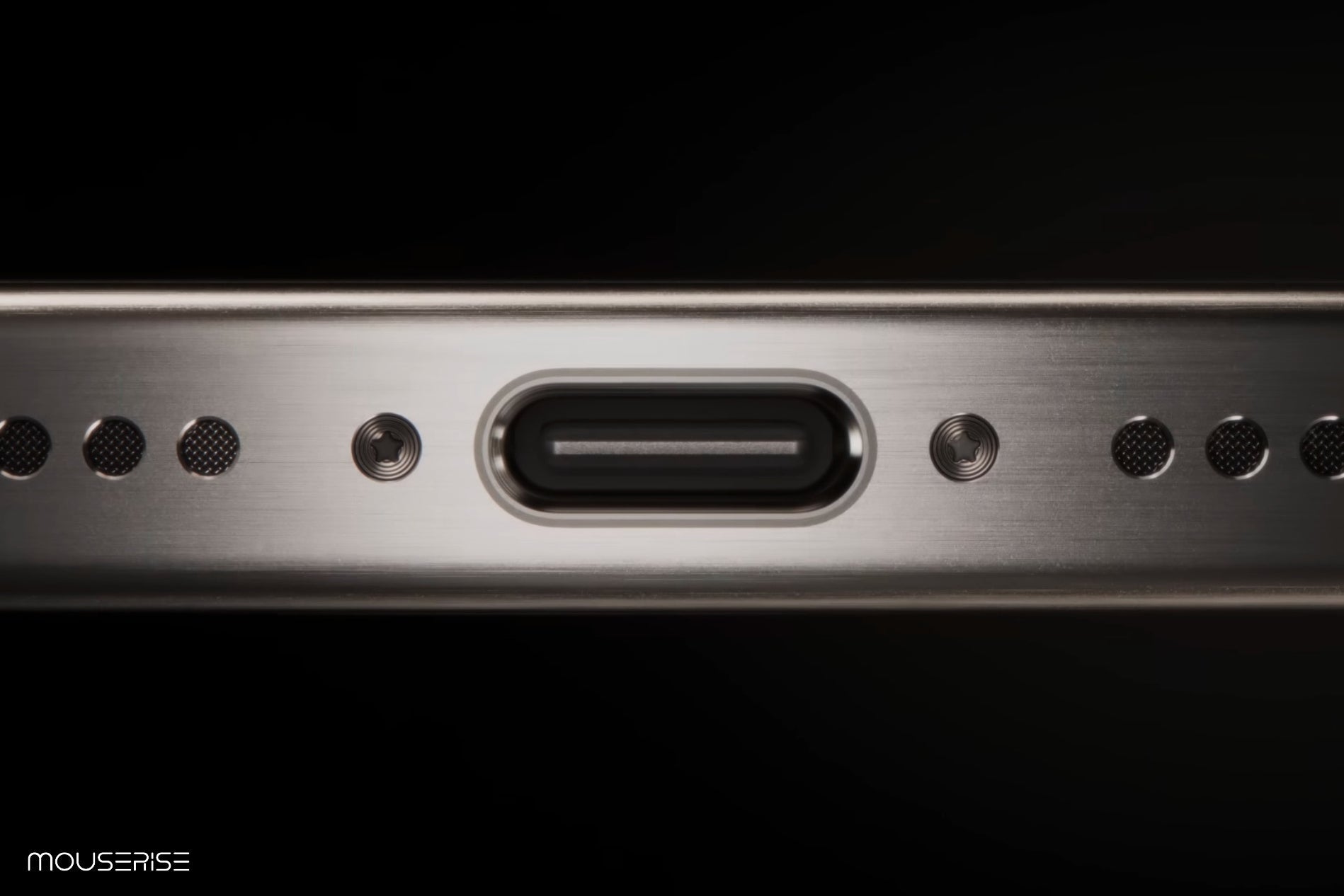 What is USB Power Delivery?
What is USB Power Delivery?
USB-Power Delivery (PD) is a fast-charging technology, while USB-C is a type of a port designed to be used in both orientations developed by USB org. USB-C Power Delivery is a technology that allows devices to transmit charging signals to each other through USB ports. This means that devices can charge much faster and transfer much more data than with previous USB charging standards. USB-C Power Delivery also allows for greater flexibility when it comes to charging, as it can provide power to devices with a wide range of power requirements.
How does it work?
USB-C Power Delivery works by using a system of power negotiation between the charging device and the receiving device. It incorporates a smart power controller (or you can say a chip) on both charger and the charging device. This controllers perform power negotiation by signaling charging devices. In this negotiation stage, the devices communicate with each other to determine the optimal voltage and amperage to use for charging.
This negotiation allows for greater flexibility as both the charging and receiving devices can adjust to the optimal power levels at any given time, this also provides a faster and a safer way to charge PD compatible devices.
Why does it matter?
 Power Delivery matters for several reasons. Firstly, it allows for faster or even super faster charging. By increasing the amount of power transmitted, devices can charge faster and more efficiently. Secondly, it is more flexible.
Power Delivery matters for several reasons. Firstly, it allows for faster or even super faster charging. By increasing the amount of power transmitted, devices can charge faster and more efficiently. Secondly, it is more flexible.
Devices with different power requirements can communicate with each other to determine the optimal power transfer. Finally, it allows for a wider range of devices to use the same standard, making it easier and more convenient for consumers when it comes to choosing a charger, power banks and any other charging source compatible with USB-C Power Delivery.
What devices support USB-C Power Delivery?
Many latest devices since 2016 have adopted Power Delivery as their charging standard. These include smartphones, laptops, tablets, gaming consoles, and more. Many of the latest flagship smartphones from companies like Samsung, Apple, and Google, as do many laptops from companies like Dell, HP, Lenovo and Apple now support advanced versions of USB-C Power Delivery.
While the first revision of Power Delivery did technically work with standard USB Type-A ports, very few devices supported this functionality. These days, you’ll find most devices that rely on Power Delivery use USB-C or Type-C on both ends.
This is also why most smartphones these days ship with USB-C to USB-C cables in the box. You can still use a Type-A to USB-C cable for charging but expect slower speeds.
USB Power Delivery Versions
 The first charging was a little more basic than the modern version. It simply offered fixed power profiles for different device categories. This version supported 10W (5V, 2A) or 15W (5V, 3A) or 60W (20V, 3A). That’s OK, but not exactly flexible for a wide range of gadgets.
The first charging was a little more basic than the modern version. It simply offered fixed power profiles for different device categories. This version supported 10W (5V, 2A) or 15W (5V, 3A) or 60W (20V, 3A). That’s OK, but not exactly flexible for a wide range of gadgets.
The more modern USB Power Delivery 2.0 and 3.0 variations dropped, and they fixed profiles in favour of more flexible power rules. These rules keep fixed voltage brackets but allow for a wider range of negotiated current levels, as seen in the table. This is better suited for a wide range of devices.
PPS ( programmable Power Supply ) is an addition to PD 3.0. PPS allows for stepwise changes in current and voltage. It decreases the conversion loss during charging, ensuring faster and more efficient charging.
Next, we will be soon jumping to PD 3.1 with much higher power capacity and charging speeds for phones, tabs, laptops and even other high power gadgets.
Conclusion
USB-C Power Delivery is a powerful and flexible charging standard that is quickly becoming the norm for charging a wide range of devices. By providing faster charging, more flexibility, charging safety and greater convenience, USB-C Power Delivery is helping to streamline the charging process for consumers and manufacturers alike. If you have a device that supports USB-C Power Delivery, it's definitely worth taking advantage of this powerful technology.




